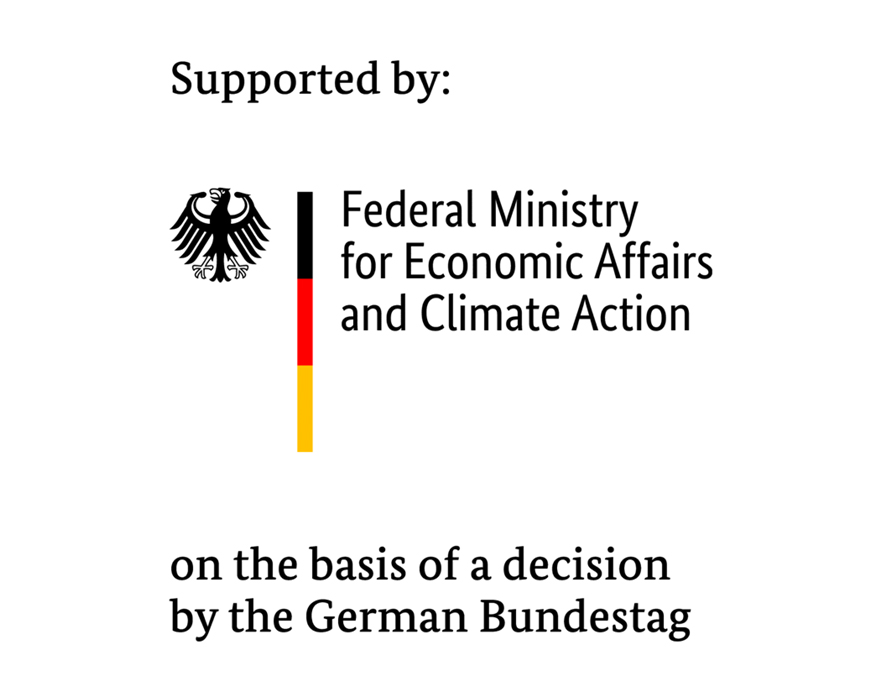| Funding: | BMWi |
| Duration: | 10/2012 - 09/2016 |
Reliable methods for predicting noise emission are of vital importance for the targeted optimisation of new, large and efficient rotors.
Nowadays, the front edge noise is estimated by means of semi-empirical models. These semi-empirical models are based mainly on the work of Amiet, Paterson & Amiet, Lowson and Moriarty et al. [Amiet1975, Paterson1976, Lowson1995, Moriarty2005]. The validity of these models is limited to Reynold’s numbers, degrees of turbulence and frequency ranges with which it was possible to develop and validate the models.
This approach to finding a solution consists of the numerical simulation of the front edge noise on the basis of an LES (large eddy simulation), with which it is possible to resolve realistic atmospheric turbulence in terms of time and space.
The objective is to improve the prediction accuracy of front edge noise models significantly by means of a more realistic simulation and thus avoid expensive mistakes in rotor blade development which could previously only be identified in the prototype phase. This objective is to be achieved by combining the specific skills of Fraunhofer IWES and ITAP with two university partners and by using the latest methodological developments from ongoing research projects.
Fraunhofer IWES is coordinating the project and its contribution to the project is the simulation of realistic, non-stationary wind fields and aerodynamic simulations.
